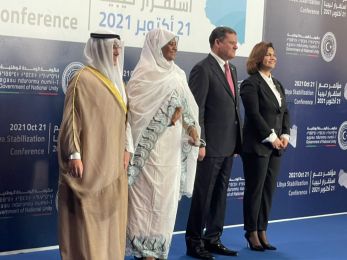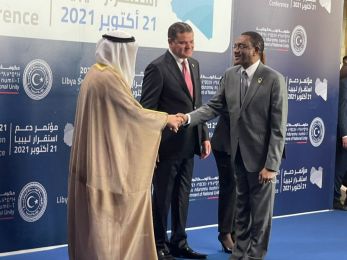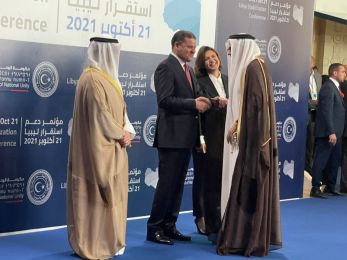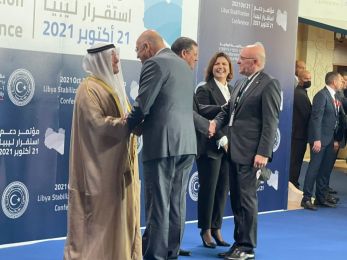Medical experts underline guidance on male circumcision to prevent HIV infection in Africa
Kigali, Rwanda (PANA) - Nearly 18.6 million cumulative male circumcisions for HIV prevention were performed between 2008 and 2017 in 14 priority countries of East and Southern Africa, according to the World Health Organization (WHO).
Participants of the week-long International Conference on AIDS and Sexually Transmitted Infections STIs in Africa (ICASA), which opened Monday in Kigali, Rwanda, were told that WHO and UNAIDS based their 2007 recommendation for male circumcision as an additional HIV prevention intervention on consistent and compelling evidence from African studies.
But, as their report said, in 2007 the actual acceptability of circumcision and feasibility of scaling up were unknown.
Voluntary medical male circumcision (VMMC) can have a major impact on HIV epidemics in high-prevalence settings.
A nurse epidemiologist with WHO, Julia Samuelson, told the gathering that efforts should be increased to promote the campaign on raising ethical standards in providing VMMC as a cost-effective method among adolescent boys (10-14 years).
Latest estimates by UNAIDS show that VMMC reduces heterosexual male vulnerability to HIV infection by approximately 60%.
Yet there has been progress towards the target of 25 million additional circumcisions for HIV prevention from 2016 to 2020.
Experts attending ICASA) suggested that supportive policies must be in place to ensure that adolescents, parents and health workers have adequate guidance on consent and assent to undergo circumcision.
"There is also a need to train health personnel on rights to privacy , confidentiality to be informed about the treatment and for beneficiaries to give their informed consent," Samuelson said.
VMMC services incorporate a package of prevention interventions, including safer sex education, education on and provision of condoms, HIV testing and the management of STIs.
Organisers said ICASA 2019 seeks to serve as an opportunity for all stakeholders, particularly governments, to compare notes, learn from best practices and renew their commitment to scaling up and accelerating HIV/AIDS response.
0- PANA TWA/AR 2Dec2019






